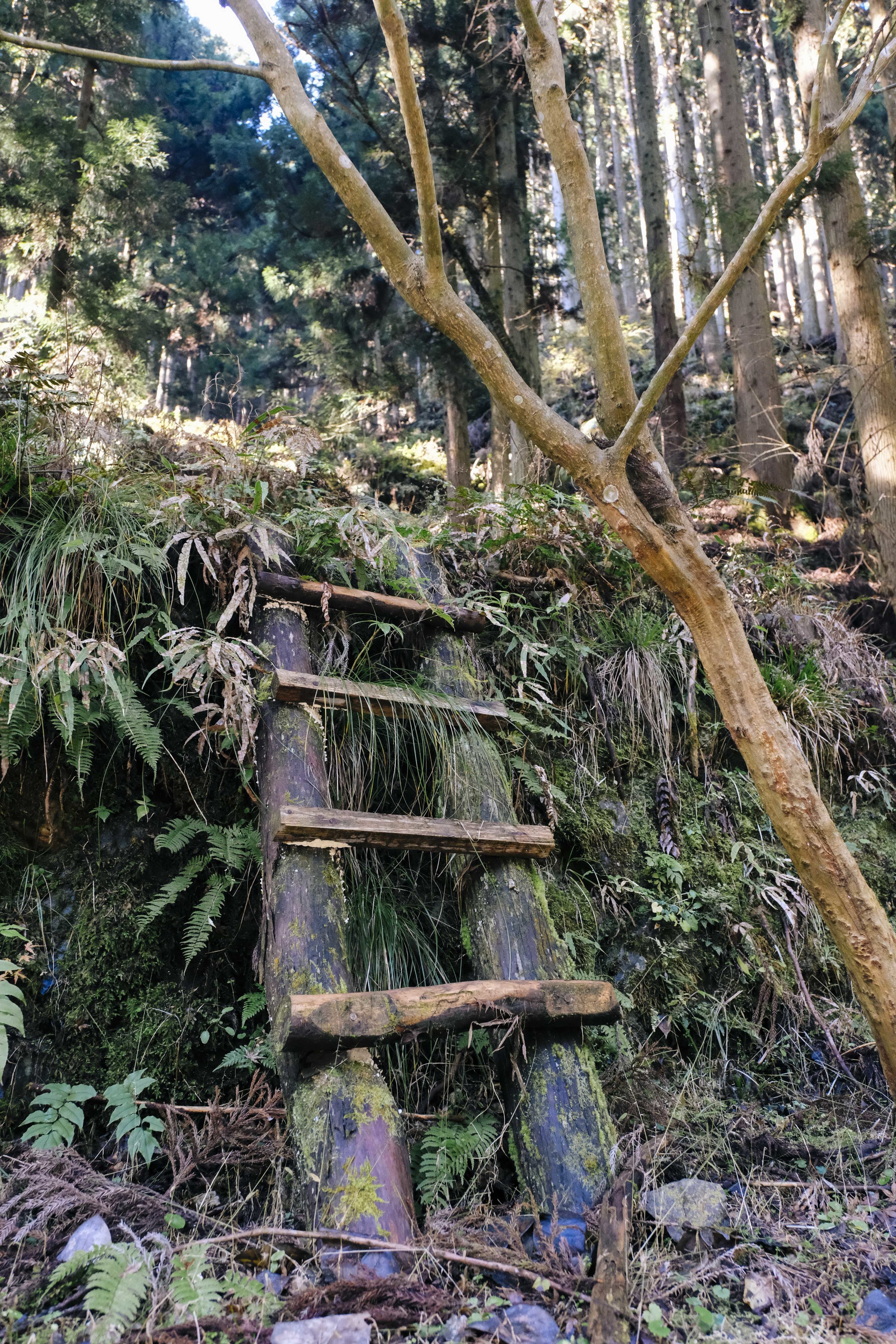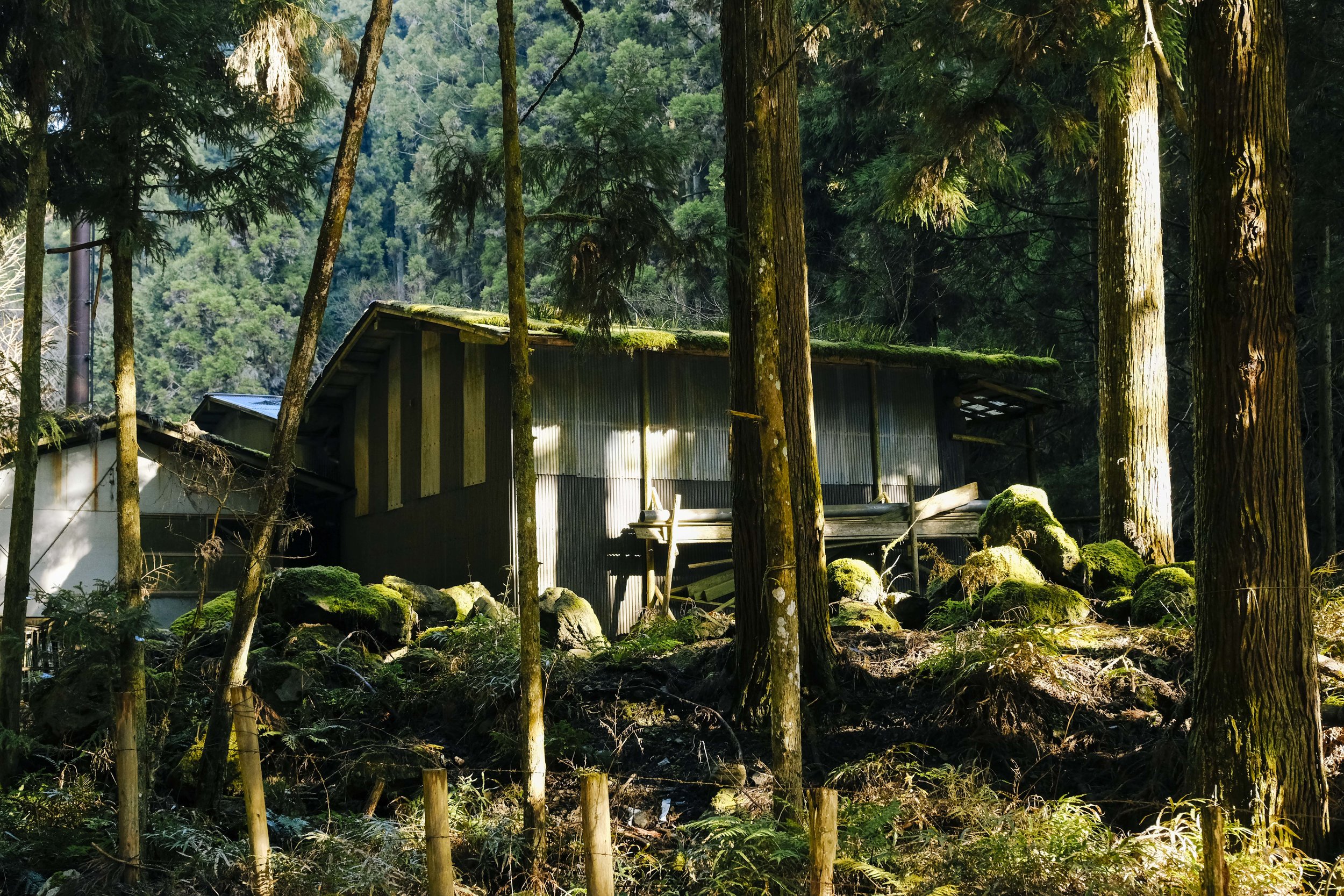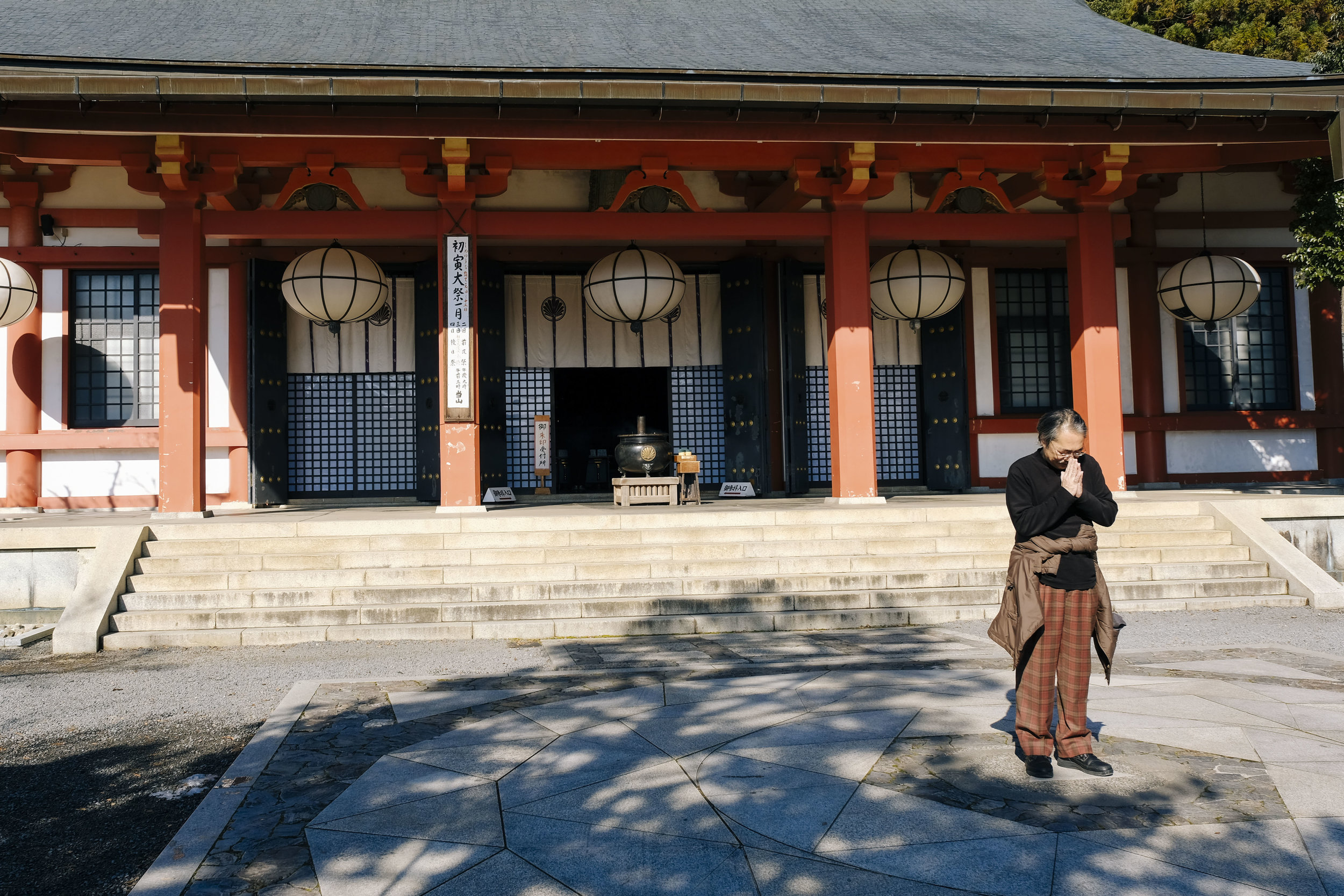From Kibune To Kurama
By Marc Nair, 22 January 2017
Going for a hike around Kyoto isn’t the easiest thing in the world. Kyoto Prefecture is vast, and it is entirely possible to pick a random path and walk for hours up and down quiet mountain roads, but you just might run the risk of missing a critical bus-stop or sign for a train station. The deeper into Japan we go, the less signposted it tends to be. Of course, it’s all part of the adventure. But, in winter, one needs to err on the side of caution.
Endless rows of cedar trees line the sides on the road to Kibune. They might as well be deadwood. Planted in hopes of cashing in when demand for wood increased after the war, these trees were instead spurned and left to decimate fertile land. They are pointless for animals, who gain neither food nor shelter from them, and so become a virtual blight on the landscape.
So, in lieu of scrabbling through acres of unmarked country, we decided to take the train north to Kibune. It was a simple enough transfer from our stop at Sanjo Station to Demachiyanagi, where we boarded the Eizan Dentetsu Line headed for Kurama. Kibuneguchi station is just one stop before Kurama. Most of the people on the train headed straight for Kurama, so we were thankfully unencumbered by the tourist horde.
Upon arriving at Kibune, we immediately noticed how much crisper and cleaner the air was. And a sign warning us about bears. Yes, that too.
Thankfully, we did not chance upon any bears. Apparently, it is forbidden to shoot bears in Kyoto Prefecture, although it is legal (with a permit) to shoot them in neighbouring Shiga Prefecture.
The road to the village of Kibune is bounded on one side by a towering forest of cedar and by a slow-moving river on the other. Rural perfection! We had to walk on the road as there wasn’t a path, but traffic was relatively light, so that was a relief. Kibune itself is a slip of a village. Most of the restaurants that were open obviously catered to visitors and there wasn’t much in the way of village life.
So we turned onto the mountain path that led to Kurama. The entrance fee is 400 yen per person, presumably to upkeep the path. It's a steady uphill climb for the first thirty minutes before the path levels out and slowly descends to Kurama-dera Temple, which sits like a large, benevolent being above the hamlet of Kurama.
The temple was founded in 770 by Gantei, a monk from Nara. As the story goes, he chanced upon a white horse which he followed to what is now known as Kurama Valley. It was there he established Kurama-dera Temple. Interestingly, the teachings of the temple have evolved into a unique sect of Buddhism, incorporating the spirits of the mountain in their worship.
The temple is large enough to find a quiet corner to sit and reflect. It is both a confluence of nature and a spiritual sanctuary, although for the less athletically inclined, there’s a nearby cable car that makes the trek up to the temple a lot easier.
After winding our way down from the temple, we stopped for lunch at a well-reviewed vegetarian restaurant called Yoshuji. The menu was limited and the set lunch looked like the most appealing option. The dishes, when they arrived, were quite unique given our general observation that the Japanese don’t do vegetarian very well.
Of particular interest, or rather, distaste, was a weird, gooey substance that felt like we were slurping mucus (not that we’ve done that before!). It was certainly the ‘highlight’ of our meal. Some research on it threw up the possibility of it being yamaimo (mountain yam), served with a mush of rice and barley.
The weird dish is on the far right. The seaweed tries, but fails to mask its odd consistency. In fact, odd is a very nice way of putting it.
Needless to say, we were more excited about the next part of our little escapade, which was to visit the Kurama Onsen, about a ten-minute walk out of town. There’s an indoor and outdoor bath. The former has private baths, and the latter, a view of cascading hills. Obviously, the outdoor bath won us over. The cost was 1100 Yen for entry and about 400 yen for a bath towel. We have no pictures of the inside of the onsen, for obvious reasons, but the water was at the perfect temperature and a forty-minute dip proved to be the perfect rejuvenating force after our morning hike.
If you want to take a break from checking out shrines and walking down Kyoto's unending shopping alleys, this is a compact half to three-quarter day trip to take in countryside air, go for an invigorating walk and literally soak in a view of the mountains.
Late, late autumn leaves make a pretty picture at Kibune station.















